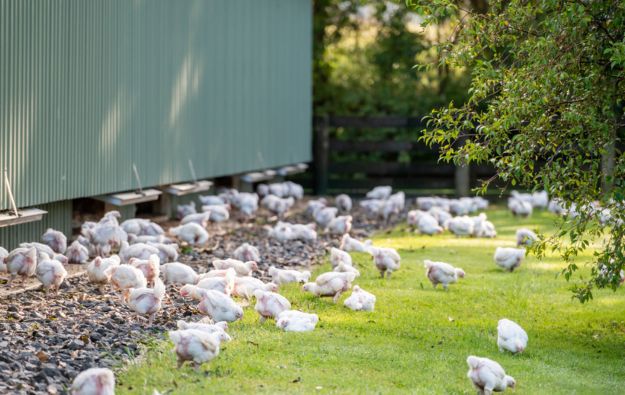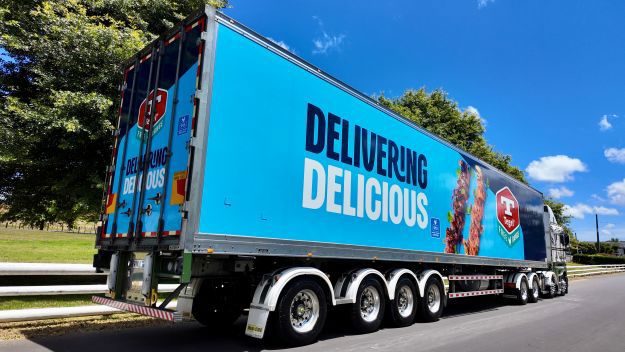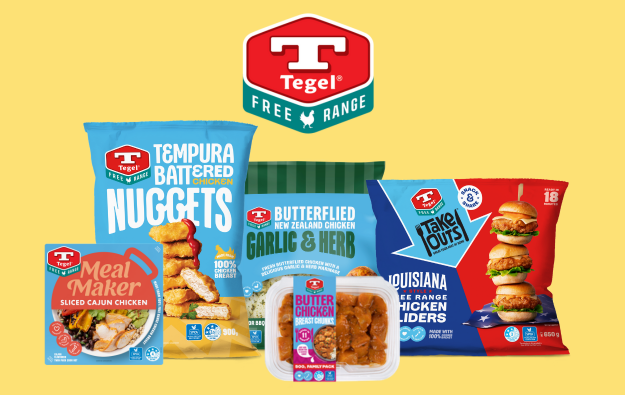
Emissions
While the poultry industry contributes to emissions primarily through feed production, manure management, and energy use, chicken is one of the most environmentally efficient animal proteins available. With a significantly lower carbon footprint than beef or lamb, it’s a smarter, more sustainable choice for the future.
We’re working to better understand the areas of our business that contribute to our footprint, and we're collaborating with industry experts to explore opportunities and emerging technologies to help us reach our emissions goals.
Waste
We're on a bold journey to cut our waste to landfill in half by 2028. The biggest contributors to our waste include plastic used in production, our disposable personal protective equipment, and organic waste. That’s why we’ve launched a range of initiatives to tackle these challenges head-on. From reducing the plastic we use, to improving how we separate and recycle materials across our sites, or diverting surplus food to charity instead of landfill, every step is helping us move closer to our goal. Waste reduction isn't just a project it’s becoming part of how we do business every day.


Packaging
Packaging plays a vital role in protecting our products and ensuring food safety and that will always be our top priority. But we also know packaging contributes to waste, and we’re taking action to minimise our impact. Our goal is for all packaging to be recyclable by 2030. Helping consumers recycle correctly is just as important. That’s why we will include clear disposal instructions on every pack, aligned with the Australasian Recycling Label (ARL) guidelines so you know exactly which bin each part of the packaging should go in. Because reducing waste is something we can all do together.


